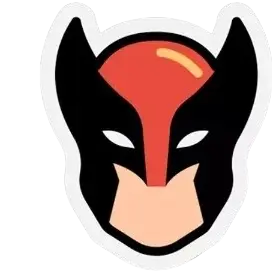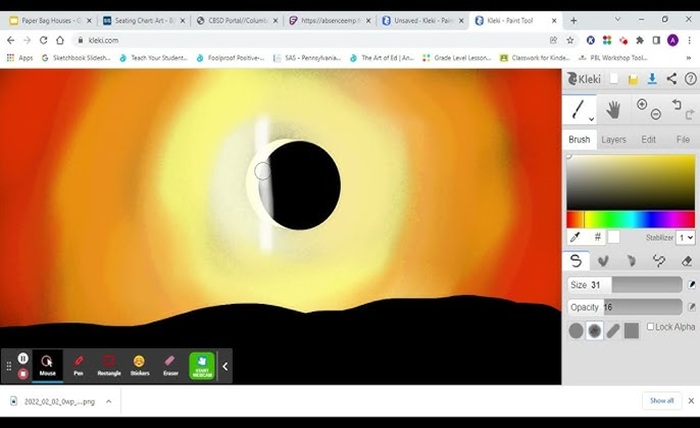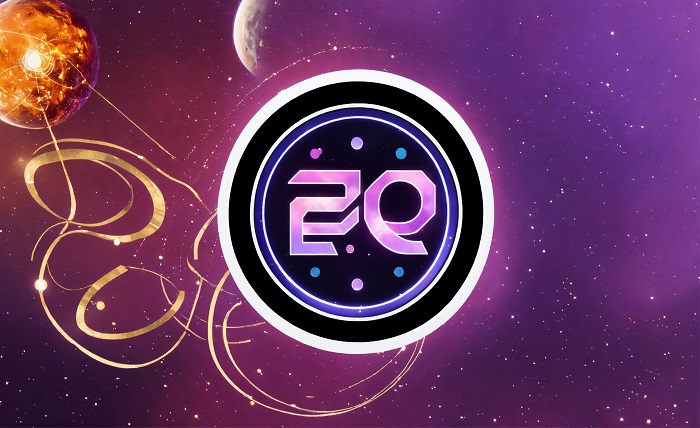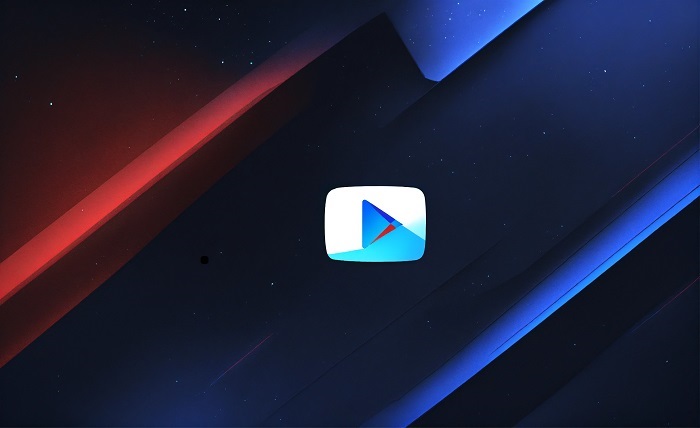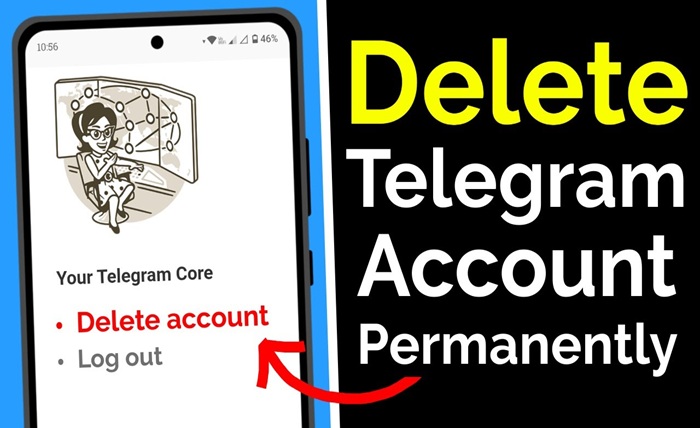Mastering Drawing in Kleki: A Comprehensive Guide
Introduction
Welcome to this definitive guide for drawing kleki—your go-to post if you want to learn how to use Kleki’s online drawing platform. Whether you’re a beginner or experienced artist, this guide on drawing kleki will walk you through essential tools, techniques, inspiration, and best practices. Let’s dive into how drawing kleki can elevate your digital artwork in an accessible, browser-based interface.
Getting Started with Drawing in Kleki
If you’re new to drawing kleki, the first step is visiting kleki.com and launching its canvas. Drawing kleki starts with understanding the basic UI: tool selection, brush settings, layer panel. Setting up your workspace is crucial; drawing kleki supports full-screen mode and accepts pressure input from compatible tablets. Learning how to zoom, pan, and set canvas dimensions underpins successful drawing kleki sessions.
Tools and Brushes
Mastering drawing kleki means mastering its extensive brush system. You’ll find standard brushes like pencil, marker, airbrush; textures, blending brushes, and customizable brush size/opacity—all essential for drawing kleki. Experiment with hardness, jitter, flow for drawing kleki workflows. The eraser tool and smudge brush are vital for drawing kleki cleanup and blending. Knowing these tools lets you refine drawing kleki creations.
Working with Layers
Layers in drawing kleki are a powerful feature—create background, sketch, detail, and color layers to manage artwork efficiently. Use drawing kleki layers to separate line art from color, enabling easy edits. Rename, rearrange, adjust opacity of each layer for drawing kleki flexibility. Merging or flattening layers is possible when finalizing your drawing kleki piece. Layers make drawing kleki projects non-destructive and organized.
Techniques for Better Drawing
Improve your drawing kleki skills by using fundamental art techniques: start with light pencil strokes, build value, and refine lines gradually. In drawing kleki, use the low-opacity brush to sketch and then darker strokes for final line. For shading in drawing kleki, use airbrush or soft round brushes with low opacity to layer tones. In drawing kleki, apply blending or smudge tools to soften transitions. Practice line weighting, texture effects with drawing kleki tools to elevate your style.
Adding Color, Shading & Blending
Coloring in drawing kleki begins by choosing a color palette and filling base tones using the bucket tool or solid brush. In drawing kleki, layering midtones, highlights, and shadows creates depth. Use soft brushes and the smudge tool to blend seamlessly—this is essential in drawing kleki for lifelike shading. Adjust opacity and build up color gradually while drawing kleki to avoid muddy results.
Saving, Exporting, and Sharing Your Art
When finishing drawing kleki artwork, save your project (.png or .jpg for images, .klk to preserve layers). Use drawing kleki’s export dialog to choose quality and format. For layered PSD export (if available), you can continue editing in Photoshop; otherwise, drawing kleki supports flattened exports. Share your drawing kleki creations to social media or art communities, and don’t forget to credit “Made in Kleki” when showcasing your drawing kleki art.
Tips, Troubleshooting & Advanced Features
For enhanced drawing kleki, use keyboard shortcuts: B for brush, E for eraser, space to pan. Familiarize yourself with right-click for eyedropper to sample colors quickly—useful in drawing kleki. If performance lags with large canvas size, downscale resolution for smoother drawing kleki. The history slider helps revert mistakes—an essential drawing kleki backup. Advanced users can adjust brush settings numerically in drawing kleki to fine-tune pressure curves and dynamics.
Conclusion
In conclusion, drawing kleki is a powerful, lightweight browser-based drawing tool ideal for artists of all levels. Its intuitive interface, versatile brushes, layers, and accessible export options make drawing kleki a great choice for digital creation. By mastering tools, layers, techniques, and shortcuts in drawing kleki, you’ll elevate your art workflow. Start experimenting today and enjoy all the possibilities drawing kleki offers.
FAQs
Q1: Can I draw using a tablet in drawing kleki?
Yes—you can definitely use a graphics tablet (with pressure sensitivity) when drawing kleki; ensure your browser supports it and pressure dynamics will enhance strokes in drawing kleki.
Q2: Does drawing kleki support multiple layers?
Absolutely—drawing kleki allows multiple layers, letting you separate sketch, line work, and color, making your drawing kleki workflow flexible and non-destructive.
Q3: How can I blend colors while drawing kleki?
Use soft brushes and the smudge tool in drawing kleki to blend colors gradually; reducing opacity and layering is key when drawing kleki.
Q4: Can I save my work to edit later in drawing kleki?
Yes—export your project as a .klk or layered PSD (if available) to preserve layers for future edits in drawing kleki or compatible software.
Q5: What if drawing kleki runs slowly?
If drawing kleki performance is lagging, try lowering canvas resolution or number of layers, close other browser tabs, or clear cache to improve drawing kleki responsiveness.
